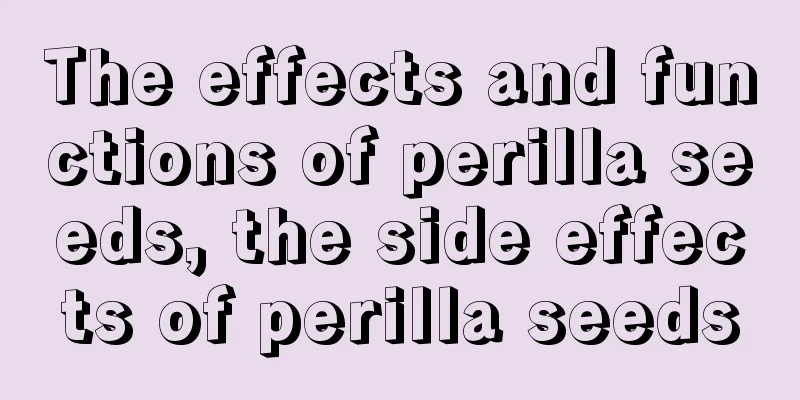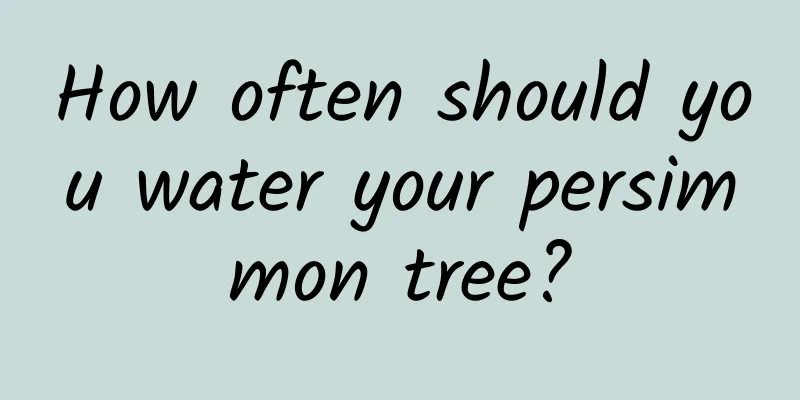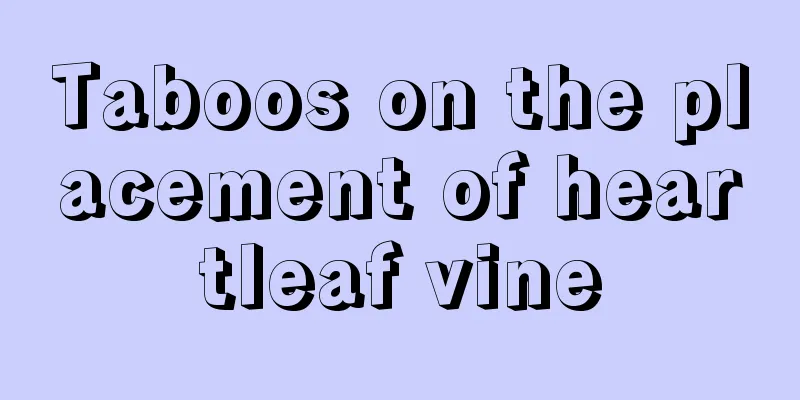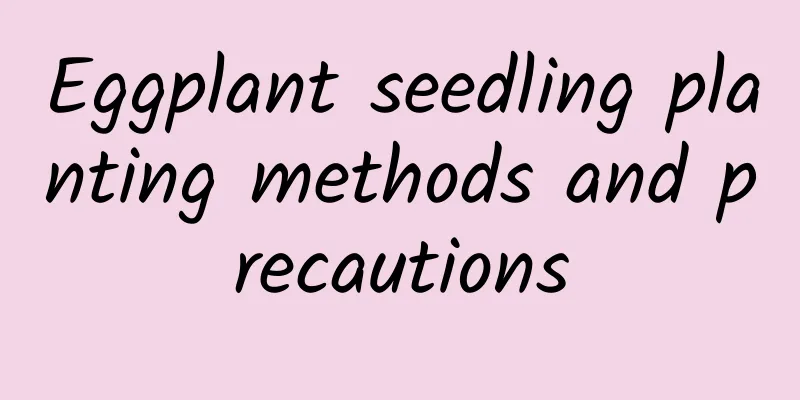Common diseases of succulent plants and their prevention and treatment methods
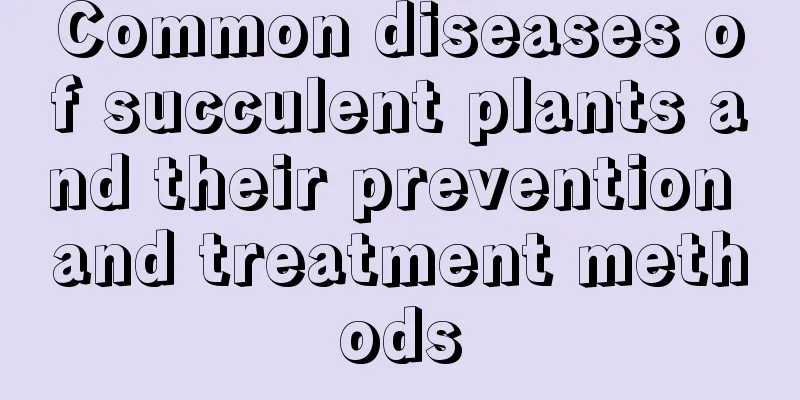
Red rotSeeing through red rot fungiRed rot is a bacterial disease and the main disease of succulents, often harming tuberous succulents. The pathogen invades through the root wounds, causing reddish-brown spots to appear on the tubers, which will then rot and die after a few days. Red rotIt is not difficult to say goodbye to red rot. Spray 1000 times diluted 70% thiophanate wettable powder before planting for prevention. If wounds are found on the tubers, dry them and apply sulfur powder for disinfection. RustSeeing through rustWhen succulents are infected, large rust-brown spots will appear on the epidermis of the stems, gradually expanding from the base of the stems. In severe cases, the entire stem will be covered with spots. Playing with dead rustCombined with spring repotting and pruning, remove diseased branches and wait for new branches to sprout. Spray with 2000~3000 times diluted 12.5% diniconazole wettable powder. anthraxSeeing through anthraxAnthracnose is an important disease that harms succulents. During the hot and humid rainy season, light brown water-soaked spots will appear on the stems of infected plants, and the disease will gradually spread and rot. Playing with AnthraxFirst, open the windows for ventilation to lower the indoor air temperature and humidity, and keep the potting soil dry during this period. Spray with 1000 times solution of 70% methyl thiophanate wettable powder to prevent the disease from spreading further. RotSeeing through rotRot disease is a fungal disease that mainly harms cactus plants. When cactus seedlings encounter this disease, they will wilt suddenly, shrink and die in large numbers. The sphere of the mature plant will develop brown spots, emit a foul odor, and the entire plant will rot and die. Playing with dead rotEnsure fresh air and pay attention to air circulation. Spray pesticides in advance in early winter, early spring and rainy season to kill bacteria. After the disease occurs, spray Benomyl to kill the disease. The specific usage method can be based on the drug instructions. Physiological diseasesSeeing through physiological diseasesThe diseases are mainly caused by harsh cultivation environment, such as strong sunlight exposure, insufficient light, sudden low temperature and long-term water shortage, which cause burns and browning of the stem and leaf epidermis, excessive elongation of growth points, frostbite of some tissues, and atrophy and withering of the tips. Play with physiological diseasesThe most fundamental measure is to improve the cultivation conditions, ensure sufficient sunlight, suitable lighting conditions, and timely watering and fertilizing. |
<<: Disease prevention and control of fortune tree
Recommend
What to do if the leaves of Cineraria turn yellow
Yellowing of Cineraria Leaves – Boron Deficiency ...
What to do if the creeping grass grows too tall
Causes of Lean Growth Insufficient light During t...
This kind of flower is timeless and always blooms. I fell in love with it at first sight!
Hanging air drying method 1. Flower preparation T...
White crystal chrysanthemum cultivation methods and precautions
How to cultivate white chrysanthemum Soil selecti...
Use this water to water the flowers, and the green ivy and Clivia will grow rapidly, and you will never need to buy nutrient solution again!
The fish tank wastewater is used to water the flo...
How much is a pound of Atractylodes
1. Price Atractylodes lancea, also known as spear...
Can red maple be potted?
Can red maple be potted? Red maple can be potted ...
How to grow water banyan quickly
Water Ficus microcarpa growing conditions Water b...
Taboos for growing primrose in winter
Taboo 1: Direct sunlight As mentioned above, prim...
How to treat avocado root rot, avocado diseases
1. How to treat Avocado root rot is mainly caused...
If you grow a pot of this flower at home, the whole yard will be filled with fragrance when it blooms. It is most suitable for making pastries!
There is still some difference between sweet osma...
What are the cultivation methods and precautions of lipstick spider plant
Introduction of Lipstick Chlorophytum Lipstick sp...
How to fertilize roses
1. First planting If it is the first time to plan...
How to cultivate lotus
Management Technology Lighting Management Lotus l...
How to fertilize creeping grass
How to fertilize creeping grass: Fertilizer selec...



